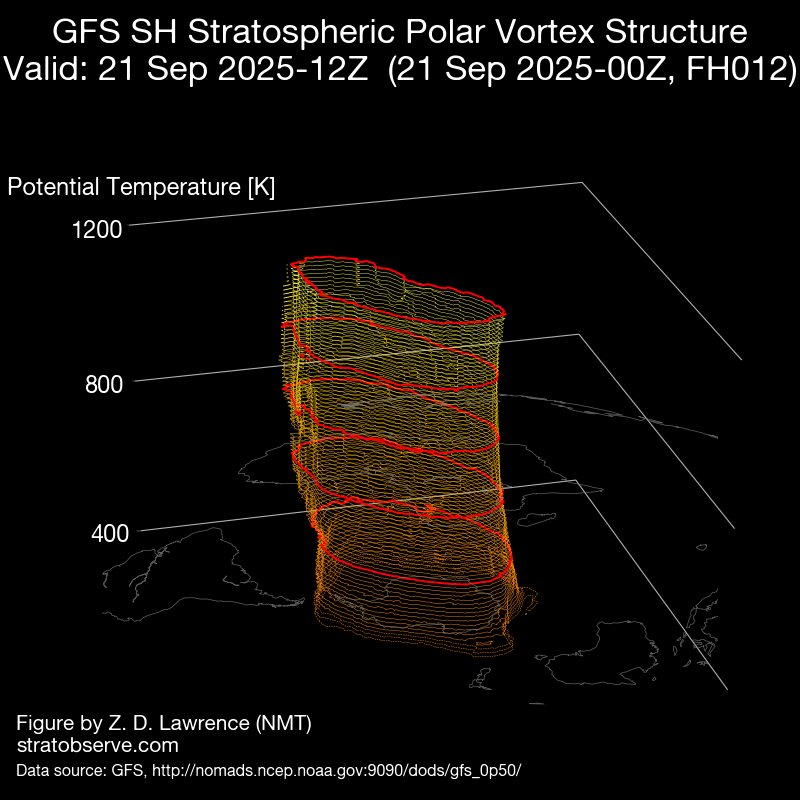Severe Weather Concerns Shift South as Negative SAM Rolls In
- Weatherwatch
- Aug 24
- 3 min read
August 24, 2025
After months of relentless wet weather, the east coast of Australia looks set to receive a welcome reprieve, with cold, cloudy, wet days being replaced by early-spring warmth. That’s thanks to the Southern Annular Mode (SAM) shifting to a negative phase.
Negative SAM Brings a Shift South
Negative SAM phases increase cold front activity across southern areas of Australia, bringing gales and rainfall to southern WA, Victoria, Tasmania, and parts of South Australia and NSW. This increases the westerly flow across central Australia which, in late August, will help push warm and dry westerly winds into northern NSW and Queensland.

Relief for the East Coast
For soggy parts of NSW and Queensland, above-average temperatures, lower humidity levels, and sunnier skies will be very welcome. This comes ahead of what is likely to be a wetter-than-average spring and possibly summer due to broader climate drivers such as the negative IOD in the Indian Ocean and the potential for a La Niña or cool-neutral phase developing in the Pacific.

Severe Weather Risks Shift South
Unfortunately, this also means the severe weather risks will contract southwards. In the short term, a large upper trough and associated cold front will generate gale-force winds and an increase in showers and storms across southern WA. This will move into SA tomorrow, then reach Victoria and Tasmania during Tuesday and Wednesday.
500mb winds and temperatures showing the cold air associated with cold fronts tracking across the southern areas of Australia. Source: metcentre.io
A potentially stronger cold front is forecast to sweep through on Friday and Saturday, bringing widespread gales, possible damaging wind gusts, and increased rainfall to southeastern Australia. These setups typically elevate bushfire risk in northern Australia, though recent rainfall across eastern NSW and southeast Queensland will ease that risk somewhat.

Remarkable August Rainfall
This August has already been highly unusual for rainfall across eastern NSW with some locations recording nearly 700% of their monthly August rainfall:
Sydney: 389.6mm (average 80mm) – wettest August in 27 years
Port Macquarie: 369.6mm (average 58.8mm) – wettest August since 1899
Newcastle: 289.8mm (average 72mm) – wettest August since 1952
Coffs Harbour: 201.2mm (average 67.1mm) – wettest August since 2014
Ballina: 305.6mm (average 81.1mm) – wettest since records began in 1992
Coolangatta: 139.4mm (average 56.1mm)
Brisbane CBD: 24.8mm (average 34.6mm) – while this is below average, Brisbane has had 11 days where rainfall has occurred this month which is nearly double the average of 6 days

Looking Ahead
While it's a welcome relief - it's important to remember that large areas of the east coast have had a wet winter (which is a time it's usually dry). With the wet season set to return soon (and with the potential of it being wetter than normal due to broader climate patterns), we must consider that the wet catchments will make these areas more prone to flooding in the coming months and season.
At Weatherwatch, our team is already monitoring these evolving signals closely to keep businesses and communities informed. If you’d like to better understand what these changes could mean for you, now is the perfect time to reach out for a chat.
Weatherwatch – your trusted partner in weather intelligence







